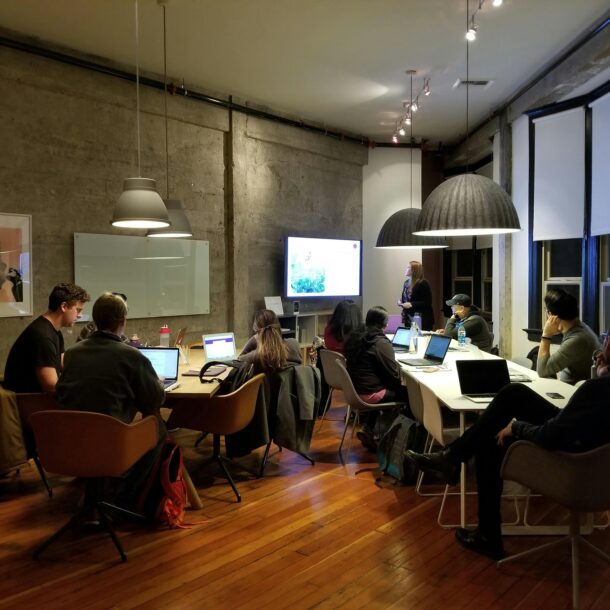
Creating a Culture of Innovation: The Four Pillars Every Organization Needs
In today’s fast-paced, competitive landscape, innovation is not just a nice-to-have; it’s a necessity for organizational survival and growth. Building and sustaining a culture of innovation requires more than just fostering creativity—it involves creating an environment where new ideas are encouraged, tested, and implemented effectively. Here, we explore the four essential pillars every organization needs to cultivate a thriving culture of innovation.
1. Leadership Commitment
Leaders play a crucial role in shaping an organization’s culture. For innovation to flourish, leaders must actively champion new ideas, encourage experimentation, and be open to taking calculated risks. When leadership is committed to innovation, it creates a trickle-down effect, empowering employees to think creatively and explore new possibilities. As Jeff Bezos, founder of Amazon, stated: “If you double the number of experiments you do per year, you’re going to double your inventiveness.”
Actionable Tip: Regularly communicate the importance of innovation through company meetings, newsletters, and strategic plans. Celebrate innovative successes and learn from failures, setting an example from the top.
2. A Safe Environment for Experimentation
Organizations must foster a culture where failure is seen as a learning opportunity rather than a setback. When employees feel safe to take risks without fear of punishment, they are more likely to experiment with new ideas and approaches. Google’s “20% Time” policy, which allows employees to spend 20% of their time on side projects, is an excellent example of how fostering an environment of experimentation can lead to groundbreaking innovations like Gmail and Google News.
Actionable Tip: Create spaces for brainstorming sessions, innovation labs, or hackathons where employees can collaborate, share ideas, and experiment in a safe environment.
3. Cross-Functional Collaboration
Innovation thrives when diverse perspectives come together. Encouraging collaboration across different departments brings together varied skills, knowledge, and experiences, resulting in more innovative solutions. Consider how Apple’s design and engineering teams work closely to create products that are not only functional but also aesthetically appealing, exemplifying the power of cross-functional collaboration.
Actionable Tip: Promote interdepartmental projects and encourage employees to participate in cross-functional teams. Use digital collaboration tools to facilitate communication and idea-sharing.
4. Continuous Learning and Development
A culture of innovation requires continuous learning and development. Organizations should invest in employee training, workshops, and resources that foster curiosity and creativity. Netflix, for example, has a “Freedom and Responsibility” culture where employees are encouraged to learn, take initiative, and own their professional development.
Actionable Tip: Offer regular training programs, access to learning resources, and opportunities for professional growth. Encourage employees to attend industry conferences, webinars, and workshops to stay updated on the latest trends.
Examples of Innovative Companies
- 3M: Known for its Post-it Notes, 3M has built an innovation-driven culture by dedicating a portion of employees’ time to work on passion projects, leading to groundbreaking products.
- Tesla: Encourages innovation through a flat organizational structure that reduces bureaucratic hurdles, fostering an environment where employees can share ideas openly and directly with leadership.
Conclusion: Building an Innovation-Ready Culture
Creating a culture of innovation requires a multi-faceted approach centered on leadership commitment, a safe environment for experimentation, cross-functional collaboration, and continuous learning. By embracing these four pillars, organizations can foster a dynamic culture where innovation thrives, leading to sustained growth and competitive advantage.
About Ruchi Rathor
Ruchi Rathor is a passionate advocate for innovation and leadership excellence. As the founder of Payomatix, she focuses on fostering a culture of creativity and continuous improvement. Discover more about Ruchi’s journey and her insights on building innovative organizations at Ruchi Rathor.


